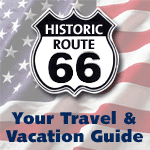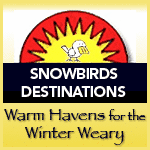|
||||||||||||||
 |
||||||||||||||
Where does an elk cross the road in The Grand Canyon National Park? Anywhere he wants to. These were photographed about 1/2 mile south of the El Tovar Hotel. Elk are wild animals. The elk in Grand Canyon have become tolerant of human presence, making them unpredictable and very dangerous. Never feed or approach wildlife. Mule deer and elk may be commonly seen in the South Rim Village. Mule deer are generally not permanent residents along the river, but travel down from the rim when food and water resources there become scarce. |
||||||||||||||
|
||||||||||||||
|
Adults are primarily black except for triangle-shaped patches of bright white underneath their wings. These patches are visible when condors are flying overhead and offer a key identification characteristic. Using thermal updrafts, condors can soar and glide at up to 50 miles per hour and travel 100 miles or more per day searching for food while expending little energy. There are currently 73 condors flying free in northern Arizona and southern Utah, including several that were raised in wild nest caves within or near to the Grand Canyon. During the warmer months they are seen regularly from the South Rim and frequently also from the North Rim. On the South Rim, try scanning the cliffs and Douglas-fir trees below the Bright Angel Lodge late in the afternoon. |
||||||||||||||
Bookmark This Website In Your Favorites For Later Reference |
||||||||||||||
Copyright 2014 Internet Marketing Services
|

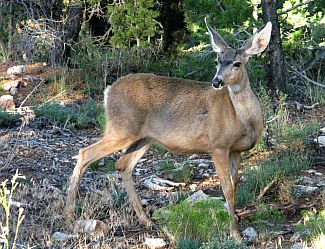
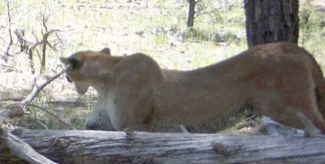
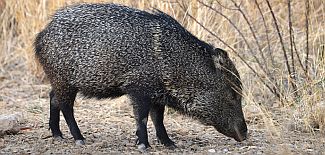
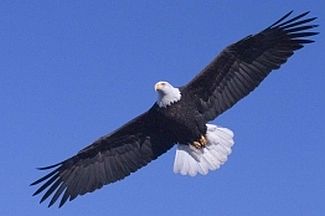
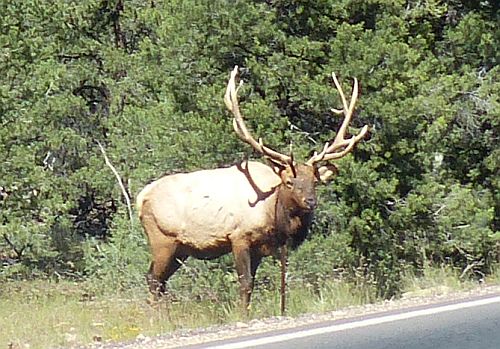
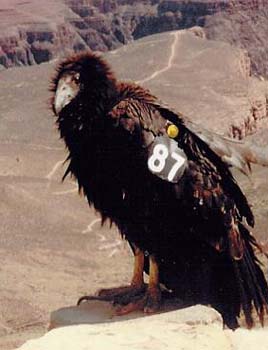 Keep a look out for California condors, regarded as one of the rarest birds in the world. The California condor is the largest land bird in North America with a wingspan up to 9 1/2 feet and weighing up to 23 pounds.
Keep a look out for California condors, regarded as one of the rarest birds in the world. The California condor is the largest land bird in North America with a wingspan up to 9 1/2 feet and weighing up to 23 pounds. 

